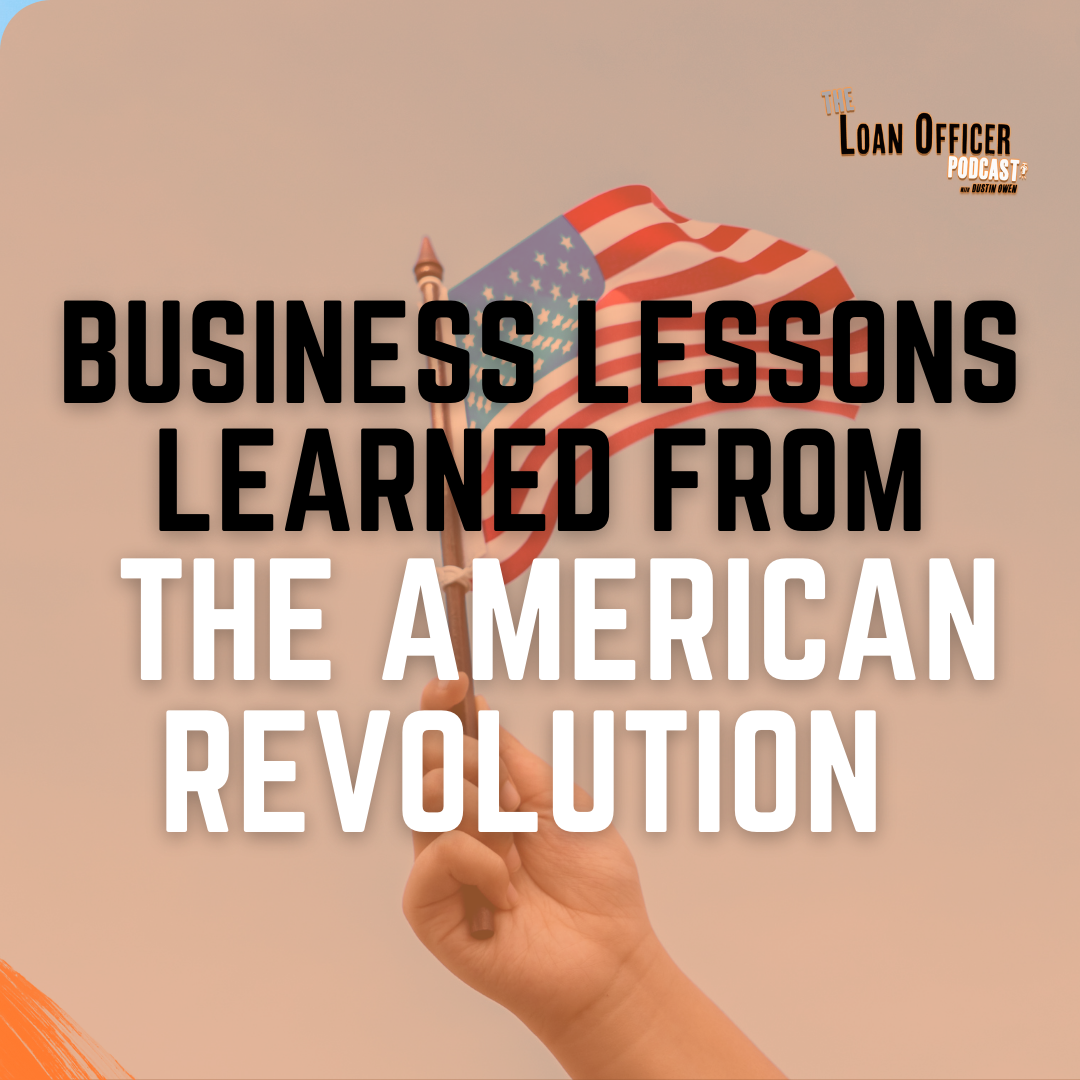Business Lessons Learned From The American Revolution
By: Dustin Owen, CMB
“History doesn’t repeat itself, but It often rhymes.” – Mark Twain. Although Twain was not a forefather, he knew a thing or two. As our country celebrates the 247th year since we declared our independence from England by blasting off fireworks, chugging beer and grilling good ole American hamburgers and hot dogs, I’d like to take a moment to analyze what business and sales professionals can learn from this historic time period.
Back in school we learned that our Nation was founded in 1776 when a group of men (aka a “Congress”) drafted, voted on and signed the Declaration of Independence. We were even taught that it was Thomas Jefferson, our 3rd president, who penned those famous words. What you might not have comprehended is that this did not happen overnight. Like many great businesses, it took our forefathers much time, many compromises, multiple decisions made that did not go as planned and unwavering grit to build what they built. We learn from our forefathers that success is a process. Follow along and let me explain:
As they say, “the rest is history”. We go to war with England. The newly formed United States were not favored to win. The war lasts seven long years. Without the help from the French (as well as a couple other nations who don’t get mentioned enough in textbooks), the chance of gaining independence is non-existent. The Constitution is draft. The Bill of Rights are adopted. George Washington is named President. Yet…what about the timeline?
The war ended in 1783. The Constitution was not ratified until 1788. George Washington was elected President in 1789. The Bill of Rights (you know the words that give us things like “freedom of speech” and “right to bear arms”) were ratified in 1791. And lastly, it was not until 1797 that President Washington did what was at the time unthinkable; he peacefully transferred power to another leader without war and without the successor being family. (More impressive is when in 1801 John Adams transfers this power to Thomas Jefferson as where Washington and Adams were friends, Adams and Jefferson were not.)
What makes our great country what it is today is that it is forever growing and evolving. The same applies to business success. Remember you won’t have all the answers. Not every decision works out as intended. It is a process. Things take time. You will not be able to do it alone. The minute you think you have it all figured out, you’ll realize you still have much left to accomplish. Afterall, our forefather’s started down their path for success in 1773 by recognizing a desire for change. It was not until 1801 that the majority of the pieces to their masterpiece were in place. It still takes this young nation six decades before slavery is abolished (13th amendment) and over a century before women can legally vote (19th amendment).
Be the American Dream. Live the American Dream. Promote the American Dream. Just make sure you understand what that means if you care to learn from those who laid the foundation for our great nation.

